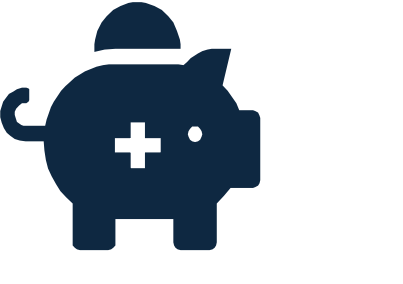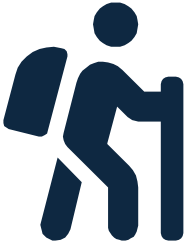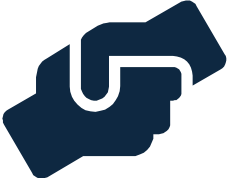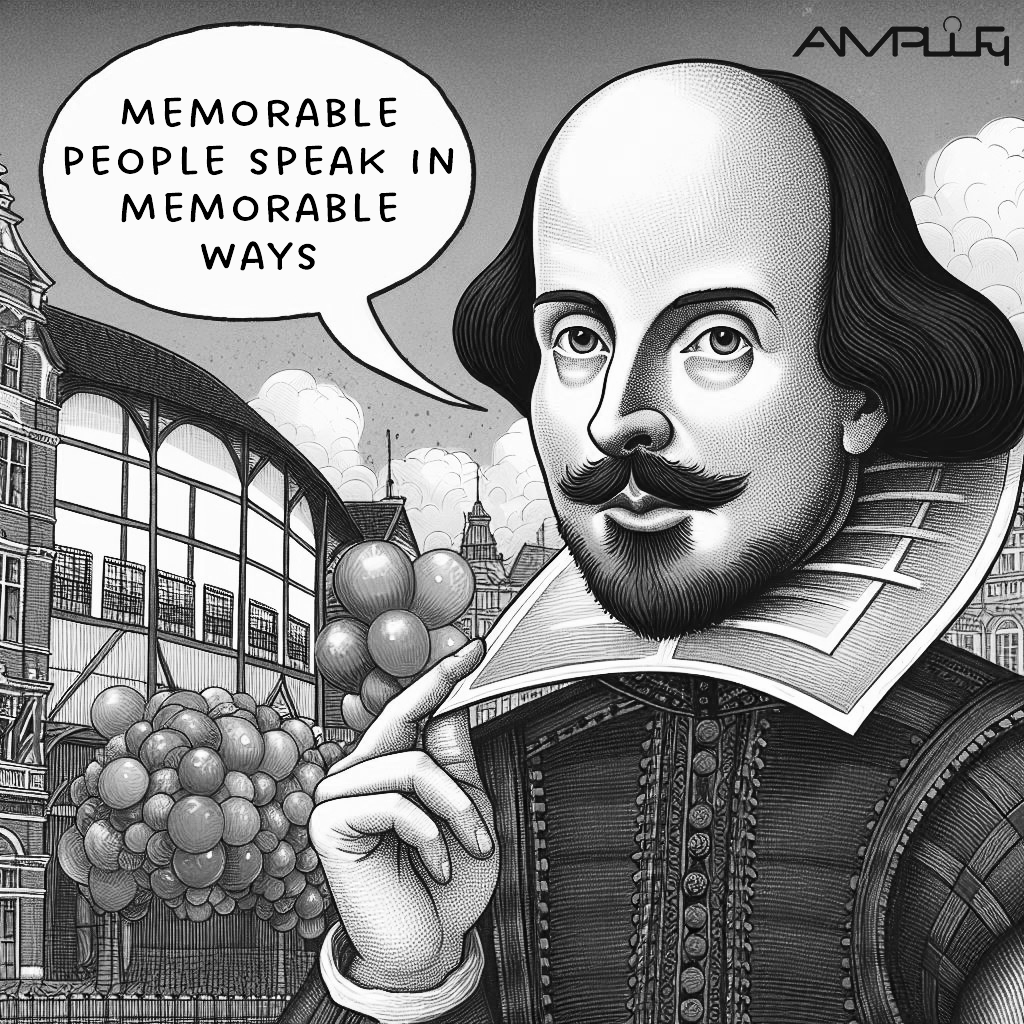Pathways & progress: An exploration of the employee experience
In today's rapidly evolving business landscape, the core of any successful organization is undeniably its people. Understanding the employee experience from start to finish is not just a matter of human resource management—it's a strategic imperative that can significantly influence an organization's culture, productivity, and ultimately, its bottom line.
This realization has given rise to a holistic approach to managing the employee lifecycle, a concept that encapsulates the entire journey an employee takes with an organization. From the moment of recruitment and hiring to the final stages of exiting or leaving the company, each phase plays a crucial role in shaping the overall employee experience.
Embark on this series of articles exploring the employee lifecycle in eight comprehensive phases:
-
Talent Attraction & Recruiting
 Read more
Read moreFinding the right talent for the job through effective sourcing, screening, and interviewing processes to ensure a good fit for both the candidate and the organization.
-
Onboarding

Welcoming new hires with comprehensive orientation and training programs to help them integrate smoothly into their roles and the company culture.
-
Performance & Development

Regularly evaluating employee performance, providing constructive feedback, and offering opportunities for skill development and career growth.
-
Compensation & Benefits

Ensuring fair and competitive pay and benefits packages to attract and retain top talent while aligning with organizational goals and budget constraints.
-
Employee Engagement & Satisfaction

Fostering a positive work environment where employees feel valued, motivated, and empowered to contribute their best efforts.
-
Career Advancement

Supporting employees' career goals through mentoring, coaching, and providing opportunities for advancement within the organization.
-
Exiting or Leaving the Organization

Maintaining positive relationships with former employees through alumni networks, keeping them informed about company updates, and potentially re-engaging them as brand ambassadors or returning talent.
-
Post-Employment Relationship

Maintaining positive relationships with former employees through alumni networks, keeping them informed about company updates, and potentially re-engaging them as brand ambassadors or returning talent.
We aim to delve deep into the intricacies of the people experience and the data points that will allow organizations and their employees to thrive and scale. Our journey will uncover the pivotal moments that define the employee experience and highlight the importance of strategic, data-driven decisions in crafting an engaging and rewarding work environment.
Understanding the employee experience through data is more than an HR function; it's a window into the health of the organization itself. By analyzing trends, feedback, and outcomes across the various phases of the employee lifecycle and experience, leaders can gain insights into what attracts talent to their organization, what keeps employees engaged and productive, and what might cause them to leave. This data-driven approach allows for the fine-tuning of policies, practices, and cultures to better align with the needs and expectations of both the workforce and the organization.
By placing the employee experience at the heart of organizational strategy, businesses can foster a culture of growth, satisfaction, and mutual success—a win-win for employees and employers alike. In this series, we will explore how organizations can leverage data to enhance each phase of the employee lifecycle, creating a more fulfilling and productive work environment. Through expert insights and best practices, we aim to provide a comprehensive guide for organizations looking to understand and improve the employee experience.
Join us as we navigate the complexities of the employee lifecycle, offering a roadmap for organizations committed to cultivating a workplace where everyone thrives.
This series is an essential read for leaders, HR professionals, and anyone interested in the future of work, as we uncover the critical role of understanding and optimizing the employee experience for organizational success.
Recent Posts


Recent Posts


Our success comes from our agility and ability to respond to any scenario at any given moment, making this a partnership you know you can trust.
CONTACT US
AMPLIFY
Make positive change that actually matters - that’s our aspiration for every new project or program we immerse ourselves in. Focusing on structure, process, and unique perspectives to accelerate our clients’ business, we seamlessly join and partner with you to execute and deliver on your most critical and impactful initiatives.


